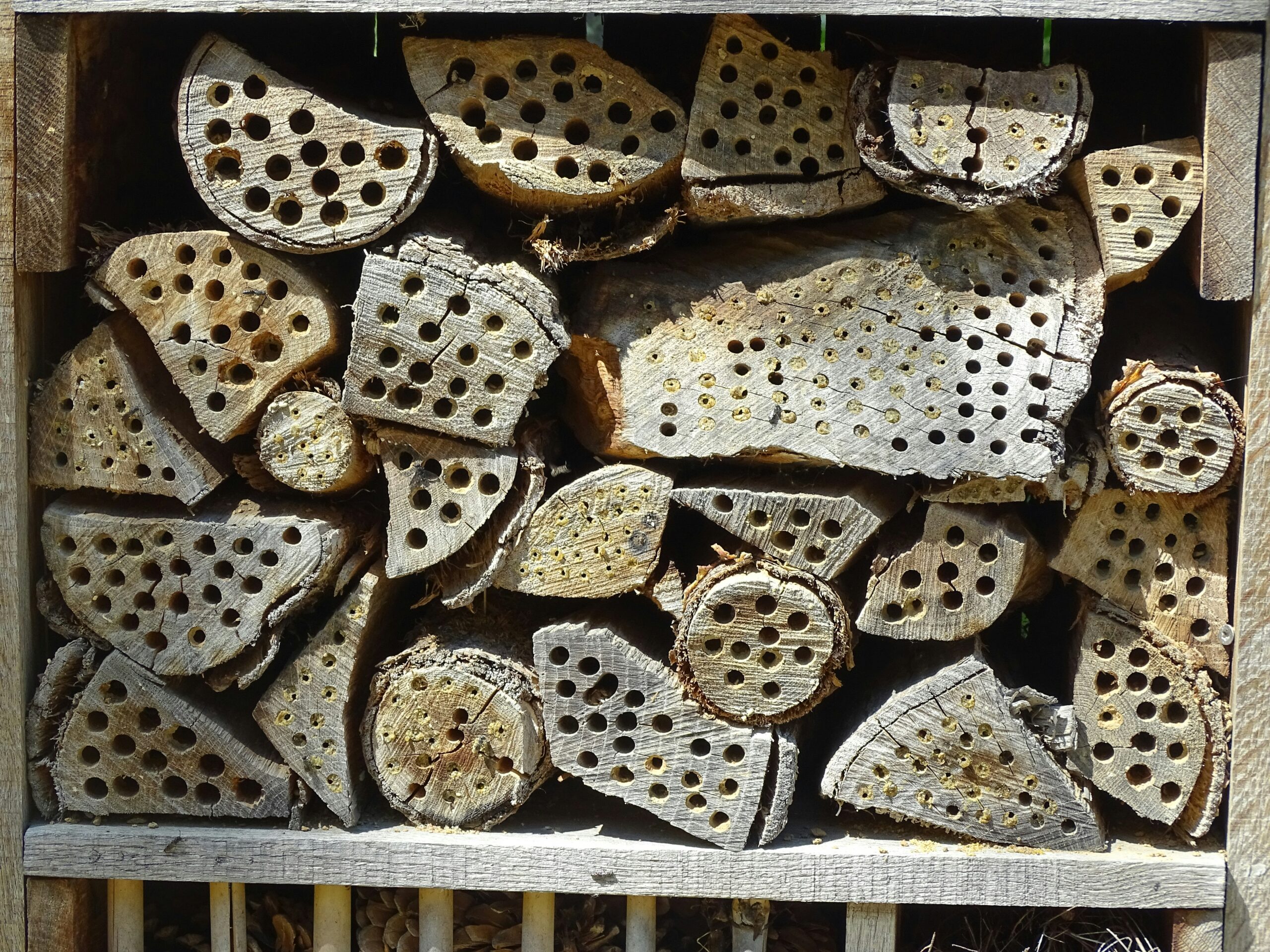


#Bee Hotels #Bug Hotels #Gardening and Agriculture #Home Gardening #Pollinator Support #Save the Bees
Alidia Vane
Insects, such as bees and beetles, play crucial roles in our gardens and local ecosystems by pollinating plants, aerating the soil, and acting as a food source for birds and other wildlife. Despite their importance, many insect populations are declining. Bug hotels combat this trend by providing safe nesting sites for various insects.
You may have seen pre-made bug hotels available for sale, or DIY plans online. While these are well-intentioned and can serve as a starting point, these one-size-fits-all plans often do not provide suitable nesting sites. To create a safe and sustainable insect hotel, consider the following elements:
In addition to bug hotels, there are tons of other ways to support pollinators in your garden. Planting native plants that bloom at different times will provide a steady supply of food and shelter to local insect populations. Pollinators also need water, so a clean source of water with safe landing spots is critical. Most importantly, you should limit or eliminate the use of chemical herbicides and pesticides. By implementing these habits along with your bug hotel(s), you’ll be providing a healthy ecosystem that supports a wide range of beneficial insects. So, check out the links below to get started on your bug hotel today—your garden will thank you!
True or False: Different insect species have different nesting requirements, and therefore occupy separate nests in nature.